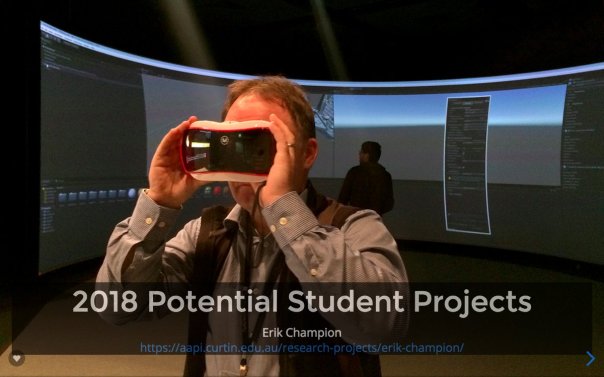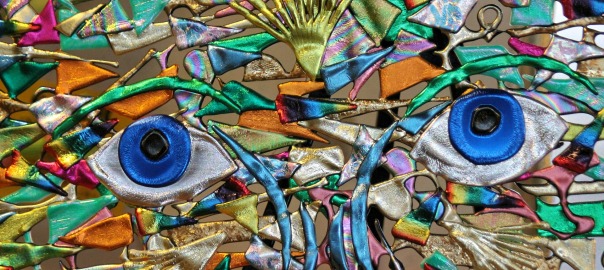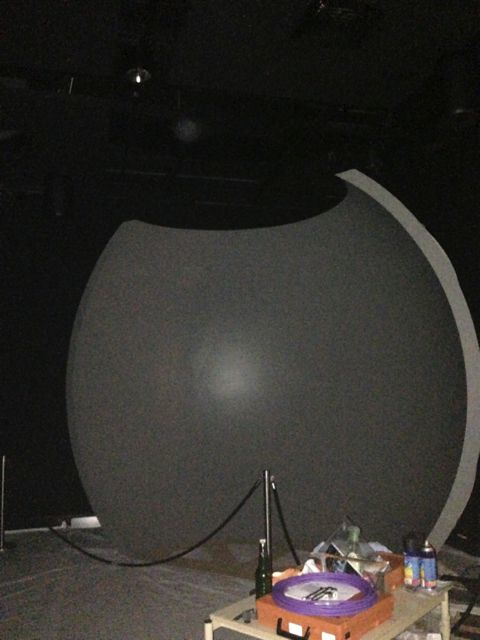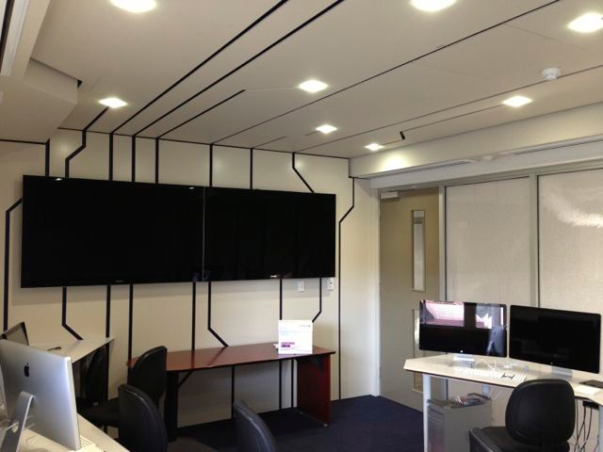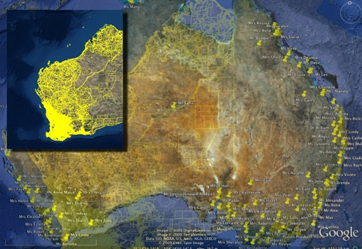
2019 Time-layered cultural map of Australia (Erik Champion and research assistant): 2018 ARC LIEF LE190100019 grant (hosted by Newcastle), $420,000 awarded GIS Programming and VR/MR mapping. URL: https://www.arc.gov.au/news-publications/media/research-highlights/australian-cultural-and-historical-data-be-linked-new-research-infrastructure
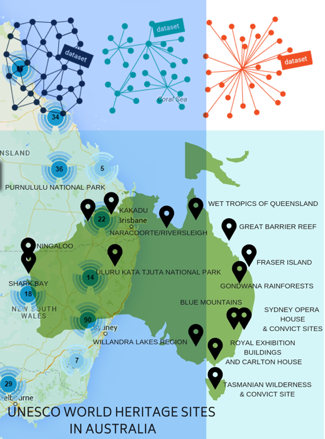
2019 GIS AR and mapping (Curtin Institute for Computation grant) (Erik Champion, David McMeekin, Hafizur Rahaman). Linked Open Data for 3D Heritage ARC grants Moviemap Geolocated Datasets and XR-Makerspace, Workflow and Web Portfolio Platform Development), $30,263.88.
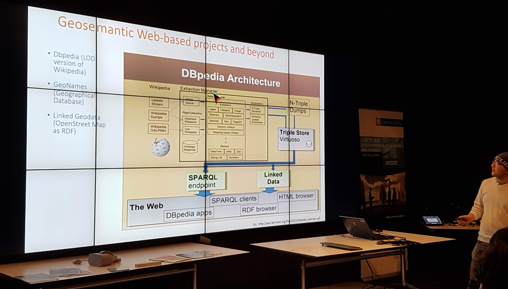
2018 PhD project (Ikrom Nishanbaev): 3D/GIS Semantic Web-3D repository and Website-interface for cultural heritage objects and associated paradata.
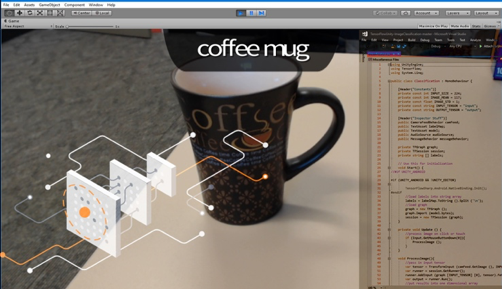
2019 MCASI grant (Hafizur Rahaman, Michelle Johnston): AR-triggered language guide (mobile device to recognise 3D objects, play associated sounds and display associated text helping a user to understand a language) $2000.
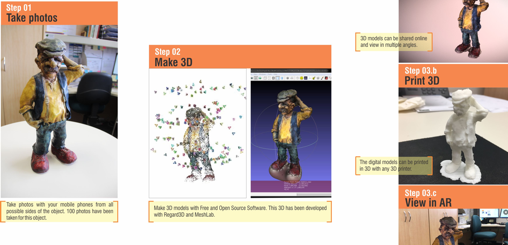
2018 Erik Champion With Research Fellow (Dr Hafizur Rahaman). Open source photogrammetry to 3D digital models to augmented and mixed reality.
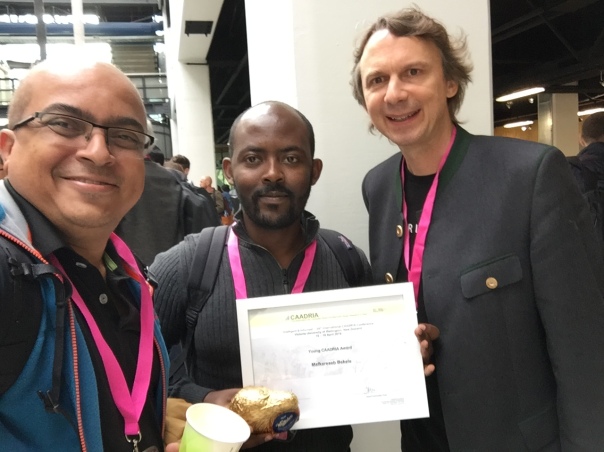
Mafkereseb Bekele (centre) winning a Young CAADRIA 2019 award (Hafizur Rahaman L and Marc Schnabel R).
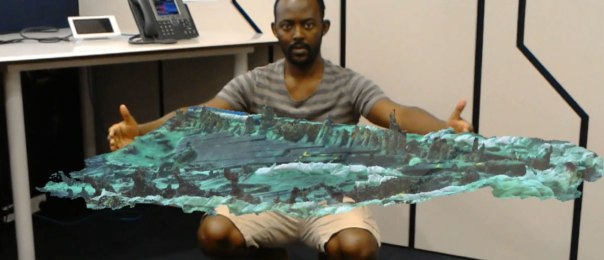
2017 PhD project (Mafkereseb Bekele): Collaborative Learning with Microsoft HoloLens (sites: WA Museum-Xantho steam engine and Duyfken)-, can augment scale and create interactive map-based historical journeys as well. Featured in papers at CAADRIA (best student paper: Mafkereseb Bekele) and Computer Applications in Archaeology (Erik Champion).
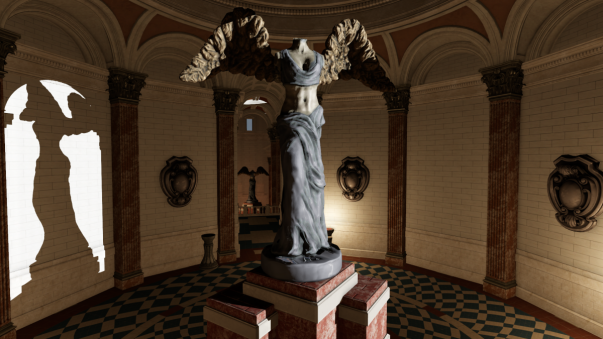

2018 Summer intern (Corbin Yap). Latest Unreal game engine ported to 4 stereo and non-stereo displays of Curtin HIVE VR centre.

2017 Software Engineering project (with co-mentor Dr Karen Miller) gesture-based interface to Minecraft and other game engines.


